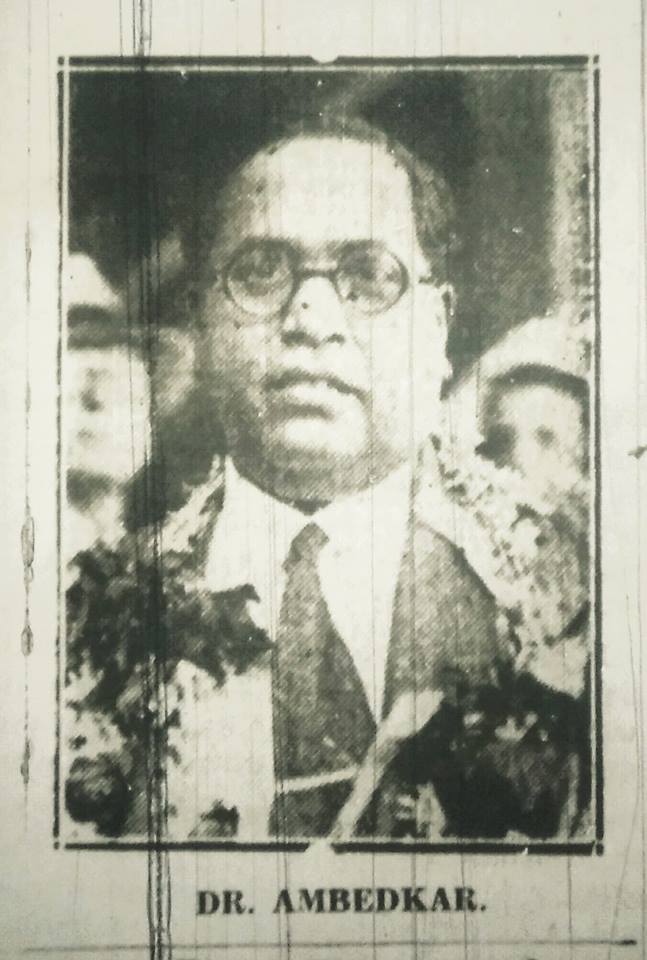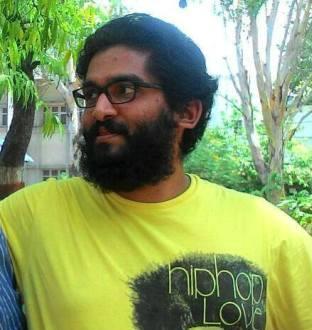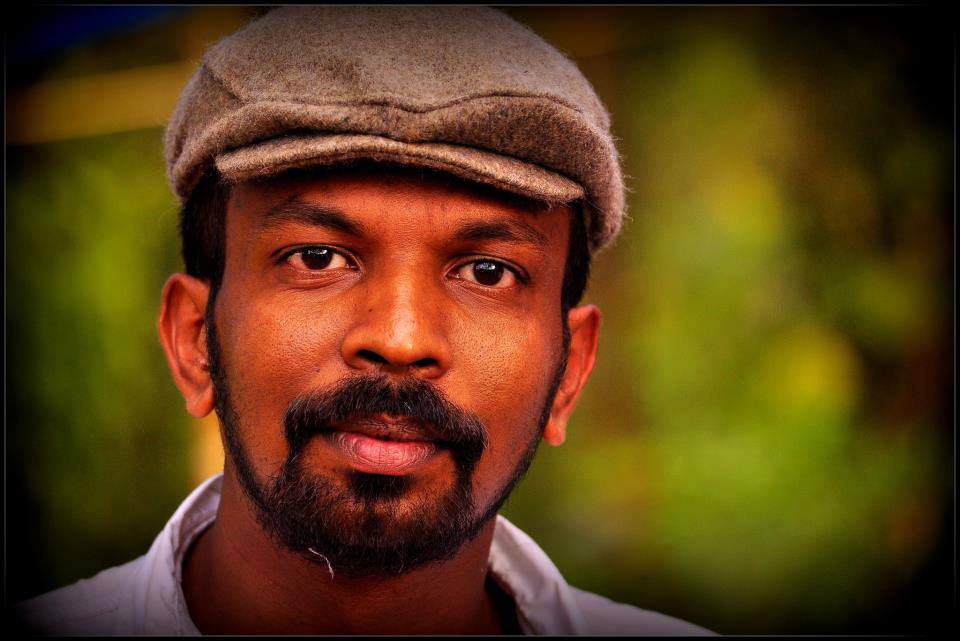Veewon Thokchom
 In India the term popularly called the “North-East,” used by the White British colonizers to refer to a part of the then province (Assam) under its rule, Northeast Frontier Area (NEFA), later inherited by the new Brown Indian rulers post 1947, has become a brand, a manufactured decorative term, a spatial concept where Delhi decides and destines everything that is “North-East,” while imposing an overarching narrative where the different histories and multiple cultures and politics of many regions are deflected and sidelined so as to serve the interest and politics of the one defining the “other.” The brand is being now flanked everywhere, by everyone, ranging from Indian academia to politicians and bureaucrats, and the same breeds of Yellow color to get projects and funding from Delhi, in the whole process the people of these regions being denied from constructing and defining their own political and cultural spatial imagination. The phrase and its usage imposed from above became all-pervasive that the regional languages lack in their vocabularies the translation of the English phrase.
In India the term popularly called the “North-East,” used by the White British colonizers to refer to a part of the then province (Assam) under its rule, Northeast Frontier Area (NEFA), later inherited by the new Brown Indian rulers post 1947, has become a brand, a manufactured decorative term, a spatial concept where Delhi decides and destines everything that is “North-East,” while imposing an overarching narrative where the different histories and multiple cultures and politics of many regions are deflected and sidelined so as to serve the interest and politics of the one defining the “other.” The brand is being now flanked everywhere, by everyone, ranging from Indian academia to politicians and bureaucrats, and the same breeds of Yellow color to get projects and funding from Delhi, in the whole process the people of these regions being denied from constructing and defining their own political and cultural spatial imagination. The phrase and its usage imposed from above became all-pervasive that the regional languages lack in their vocabularies the translation of the English phrase.
It was some ten years back that I left Manipur for different states of this nation for my studies. The moment of change and interaction with a new set up of space location was a drastic event in life. It now provided me with an opportunity for self-reflection, self-introspection, to look to the self from a critical vantage point; it gave me a shock to my sensibilities. There seemed to be no disparity in who I was as a Manipuri and who I was as a person “from the “North-East.”‘ The question ‘Are you from the “North-East”?’ from many and the pontifications of a few Browns who know about the “North-East” became as normal and usual like the air I breathe. To hear racist clichés became a matter of daily life. There was a constant reminding that I was more from this mysterious “North-East” and less from Manipur. To be identified by the new people as someone from the “North-East” came along with the free package of persistent reminding that I was a Chinky (Yellow race), a stock of people belonging to a race which was inferior to the “mainlanders” (Brown race).
The fact, however, remained that I knew less of this “North-East” and more of the real India, because I had not visited or interacted with the people of these vast regions, nor was I taught of the histories of these regions in my CBSE school textbooks. This system of imparting education in schools and later in colleges provided with an opportunity of alienation of the self. Here, the thing is, this sense of alienation was a much-needed one because it was not just alienation in itself but rather a process of building the own self, of dignity and worthiness. The realization was that the term willfully removes multiple complex contexts and histories from the equation.
The Indian education system that Manipur is under is such that it deprives us of our identity, culture, and history. As a student goes up to the hierarchy of education more and more belongingness to his own world is being stripped off, rendering him/her cultureless, historyless. I was “forced” to study a paper on Punjab history for my master course as a separate paper apart from and above the many other courses that I felt had nothing to do with where I came from. Okay, fine, knowing and learning is not a bad thing, but knowing others at the expense of knowing ourselves is suicidal. As an example, one ends up knowing a lot of historical sites, names of kings and queens who ruled over the Hindu cowbelt and less or none of his own political and historical space.
The discourse around “North-East” became inextricably tied to the normalized practices of othering and the preposterous overt racism that came along with it. Colleges around Delhi where an immense number of students from these regions pursue their education are swarmed by a number of student societies whose main activity have all become organizing freshers’ meet and “cultural” programs. These kinds of activities only have helped to reinforce the stereotype that the “North-East” is about “culture and music.” The disgraceful act of self-denial was so ingrained in our social being that gross ignorance of our agencies and histories became a hidden socialization.
It is a widely known naked truth that this nation is a racist nation that can categorize a geopolitical space on the racial line. The deafening silence, however, is the fact that it does not want to talk and shies away from talking race. A critical healthy discourse on the politics of race remains nonexistent and unsaid. Nevertheless, to people of Yellow color in this country race matters because of the system of racism that creates disadvantage based on skin color, shape and size of the eye and nose, because they are a social and political marker of oppression and domination. To say that racism does not exist in this predominantly Hindu society would tantamount to saying that casteism does not exist. The basic reason this nation refuses to acknowledge the existence of racism and to offer an adequate political language to define these vast homogenized regions, and letting the task be done by the mere impudent usage of this term “North-East” is a stark manifestation of the incapability of intelligent rational thought of the Indian political class, whose parliament is a beehive of members from the cowbelt, because in Indian democracy it is number that mostly/only matters.
The concept of Northeastism concretized through a lens of distortion of actual reality is such that he/she who is from the category has to live under perpetual structural and systematic violence from the Indian state wherever the body is just because he/she belongs to the Mongoloid race. To live in Manipur means to live in one of the most militarized zones on earth under a demonic act Armed Forces Special Powers Act (1958), an act that allows the armed forces unquestionable power to shoot, even to the extent of causing death of any person deemed suspect, allowing no prosecution, suit or any other legal proceedings against any armed forces acting under the act/law, and to live in Delhi means living under constant fear of racial assault and discrimination which constitute no less violence. Yet, the argument remains the denial of the above reality with the astonishing irresponsible insistence that this nation is the largest democracy in the world, a place of freedom and where justice is possible and everyone is equal before the law/constitution.
The experience of students in colleges around Delhi has been one where their psyches are insistently made to believe by their teachers and colleagues (“mainlanders”) that they are less intelligent, dull, ignorant and uninterested. The troubling scenario being that so many of these students are inundated by hateful negative stereotypes the dominant group uses to characterize and define this student community of the Yellow race, more so when they themselves endorse and consciously/unconsciously advocate this ingrained stereotypes and misconceptions of the dominant “mainlanders.” Their mobility within the dominant group is solely defined by their willingness to assimilate into the dominant culture and language. The dominant race, their culture and system of domination that remains pervasively oppressive and exploitative are always ready to incorporate, recruit and train as many as people of Yellow color to maintain their status quo. The dominant group by virtue of the power at its disposal from being in that group creates a mechanism of collusion and solidarity of its own. Thus the relation between the dominator (Brown) and the dominated (Yellow) becomes solely relations of power and domination.
The debilitating effect of this mechanism of unwitting collusion and solidarity is the scaring phenomenon of internalizing the negative stereotypes perpetuated systematically by the dominating group that defines the category that is “North-East.” The Yellow people start to suffer from psychological low self-esteem, self-hatred; they look down upon the self and the entire group that the self belongs to as an apolitical entity, a sign of wounded psyches that is damaged by internalized racism and oppression.
The perpetual uncritical usage of this jabberwocky has become so regressive in its practice, such that the term has become synonymous with “cultural” festivals, so much so that talking about “North-East” is talking only about culture, where it becomes a subject of talk about a stock of people having strange food habits who are racially different, dancing and ramp walking on stages to be cheered and clapped by a spectacle. The discourse generated constructs a space and people as a racial other and creates a structure of knowledge around them. The term in itself was/is catchy and attractive to the Indian officials in particular and to the “mainlanders” at large as it does not invoke historical memories past and present. “North-East” became a product of knowledge and power of the nation called India, a knowledge that places things “North-East” in universities, in state institutions, in the military watch, for study, scrutiny, disciplining and governing.
The project of Northeastism that presented itself as an objective knowledge and the ensuing stereotype construction was inaugurated by the Indian political class immediately after 1947, the period of “takeover” of these regions, when the “Iron Man” of India, Sardar Vallabhai Patel wrote to Jawaharlal Nehru that the people inhabiting this certain region “have no loyalty or devotion to India….are not free from Pro-Mongoloid prejudices.” To produce knowledge they had to have the power to be present there. The issue in question was a racial spatial location inhabited by a subject population who were suspects. The discursively constituted and consolidated category became characterization and classification of an ideal other that is ordered into a moral hierarchy that constructs and legitimizes the socio-political system of domination and control. The naming of these vast complex mosaic inhabited by millions became a form of social and political control. To be called Indian Administered Kashmir and not Indian Occupied Kashmir connotes different political meanings, insofar as politics are discursively enacted.
The one thing that this nation does not want us to talk is the thing that it most engages with – racism, and paradoxically, it talks untiringly of this constructed abstract space delineated clearly on racial line in universities, in “mainstream” media, in government institutions et al. Nevertheless, for the people of Yellow color the ultimate task lies in mounting a serious critique, in embracing new ways of being and becoming, we being Chinkis of our own and not theirs, to constitute a politics of hope and determination.
~~~
Author: My name is Veewon Thokchom, the fourth child of my parents and I am from Manipur. I did my schooling in Manipur, Uttarakhand, Kerala, and Karnataka. In 2016 I graduated from Kirori Mal College (Delhi University). I did my masters in History at Ambedkar University, Delhi. My hobbies include listening to music and reading. Right now I am residing in Delhi and preparing for my further studies.










